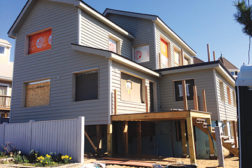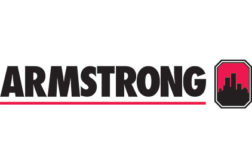Home » building envelope
Articles Tagged with ''building envelope''
Armstrong Rebrands, Advocates for Energy Efficiency
Pump Manufacturer Markets Design Envelope Technology as Affordable Solution
Read More
Copyright ©2025. All Rights Reserved BNP Media.
Design, CMS, Hosting & Web Development :: ePublishing





